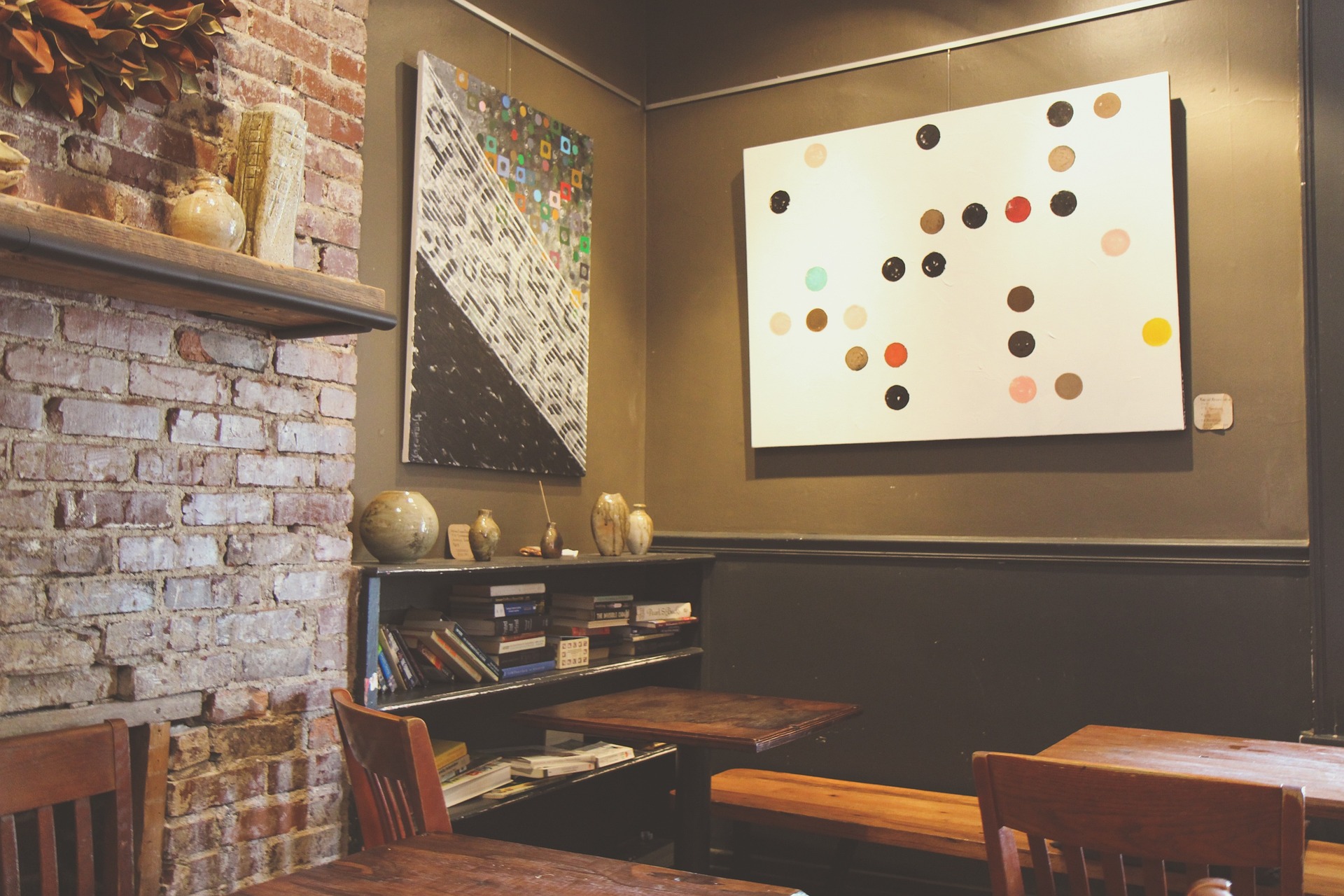Whimsical Wabi-Sabi: Embracing Imperfection in Home Design
In a world obsessed with perfection, a quiet revolution is taking place in home interiors. Wabi-sabi, the Japanese philosophy of finding beauty in imperfection, is being reinterpreted with a playful twist. This emerging trend, dubbed "Whimsical Wabi-Sabi," combines the serene aesthetics of traditional wabi-sabi with elements of whimsy and personal expression. It's a refreshing departure from polished minimalism, inviting homeowners to celebrate the quirks and imperfections that make a space uniquely theirs.
The Roots of Wabi-Sabi
Wabi-sabi is deeply ingrained in Japanese culture, with origins tracing back to the 15th century. Initially linked to the Japanese tea ceremony, it evolved into a broader aesthetic and philosophical approach. The term “wabi” refers to the beauty found in simplicity and impermanence, while “sabi” acknowledges the passage of time and the patina it leaves behind.
Traditional wabi-sabi interiors are characterized by natural materials, muted color palettes, and an emphasis on craftsmanship. It’s about finding beauty in the cracks, wear, and imperfections that come with use and age. This aesthetic stands in stark contrast to the sleek, mass-produced design elements that have dominated modern interiors for decades.
The Whimsical Twist
The new interpretation of wabi-sabi injects a sense of playfulness and personal expression into the mix. While still honoring the core principles of imperfection and simplicity, Whimsical Wabi-Sabi encourages homeowners to incorporate elements that bring joy and tell their unique stories.
This might mean displaying a collection of mismatched teacups, each with its own history and charm, or hanging a tapestry woven with vibrant, slightly uneven patterns. The key is to balance the serene with the spirited, creating spaces that feel both grounded and uplifting.
Embracing Imperfection in Materials
One of the cornerstones of Whimsical Wabi-Sabi is the use of materials that show their age and imperfections. Reclaimed wood with visible knots and grain, handmade ceramics with slight irregularities, and textiles with subtle variations in texture all play a role in this aesthetic.
Designers are increasingly turning to techniques like kintsugi, the Japanese art of repairing broken pottery with gold-dusted lacquer, to highlight rather than hide imperfections. This approach is being applied not just to ceramics but to furniture and even architectural elements, turning flaws into features.
Color Palettes: Muted with a Pop
While traditional wabi-sabi leans towards earthy, subdued colors, the whimsical version isn’t afraid to introduce bolder hues. The base palette remains rooted in natural tones – think soft greys, warm browns, and muted greens – but these are punctuated with unexpected pops of color.
A sun-faded indigo throw pillow might add depth to a neutral sofa, or a bright yellow vase could bring life to a weathered wooden shelf. The key is to use color thoughtfully, allowing each vibrant element to stand out against the more subdued backdrop.
Curating Personal Collections
Whimsical Wabi-Sabi encourages homeowners to display collections that hold personal meaning. Unlike the minimalist approach that often hides away personal items, this style celebrates the stories and memories attached to objects.
This could manifest as a wall of vintage maps collected from travels, a shelf lined with hand-me-down kitchen tools, or a corner dedicated to children’s art projects. The beauty lies in the imperfect arrangement and the authentic connection to these items.
Mixing Old and New
One of the most exciting aspects of Whimsical Wabi-Sabi is its ability to blend old and new seamlessly. A sleek, modern sofa might be paired with a distressed antique coffee table. High-tech smart home devices can coexist with hand-carved wooden sculptures.
This juxtaposition creates a dynamic interior that feels both timeless and contemporary. It’s about finding balance – allowing each piece, whether old or new, to contribute to the overall narrative of the space.
Incorporating Nature and Organic Forms
Bringing elements of nature indoors is a crucial component of Whimsical Wabi-Sabi. This goes beyond simply adding houseplants (though they certainly play a role). It’s about incorporating organic forms and textures throughout the space.
Rough-hewn stone vases, driftwood sculptures, and pressed leaves in frames all contribute to this natural aesthetic. Even man-made items can echo natural forms – think curved furniture lines and abstract art inspired by landscapes.
The Role of Craftsmanship
Handcrafted items take center stage in Whimsical Wabi-Sabi interiors. There’s a renewed appreciation for artisanal techniques and the subtle variations that come with hand-made products. This could include hand-woven textiles, pottery thrown on a wheel, or furniture crafted by local woodworkers.
The imperfections in these items – a slightly wobbly edge on a ceramic bowl or an uneven weave in a blanket – are celebrated as marks of authenticity and human touch.
Creating Cozy, Lived-In Spaces
Above all, Whimsical Wabi-Sabi is about creating spaces that feel genuinely lived-in and loved. It’s the antithesis of the picture-perfect, untouchable rooms often seen in design magazines. Instead, it encourages a home that invites touch, use, and comfort.
Soft, washable fabrics, furniture arranged for conversation rather than symmetry, and displays that evolve with the seasons all contribute to this lived-in feel. The goal is to create an environment that nurtures both body and soul, embracing the imperfect beauty of daily life.
The Future of Whimsical Wabi-Sabi
As we move forward, the principles of Whimsical Wabi-Sabi are likely to influence not just interior design but also architecture and product design. There’s a growing desire for spaces and objects that tell stories, that bear the marks of time and use, and that bring a sense of joy and whimsy to our everyday lives.
This trend represents a shift away from disposable, trend-driven design towards a more sustainable, meaningful approach to creating our living spaces. By embracing imperfection and personal expression, Whimsical Wabi-Sabi offers a refreshing alternative to the pursuit of flawless interiors, reminding us that true beauty lies in the unique, the handmade, and the lovingly imperfect.






